
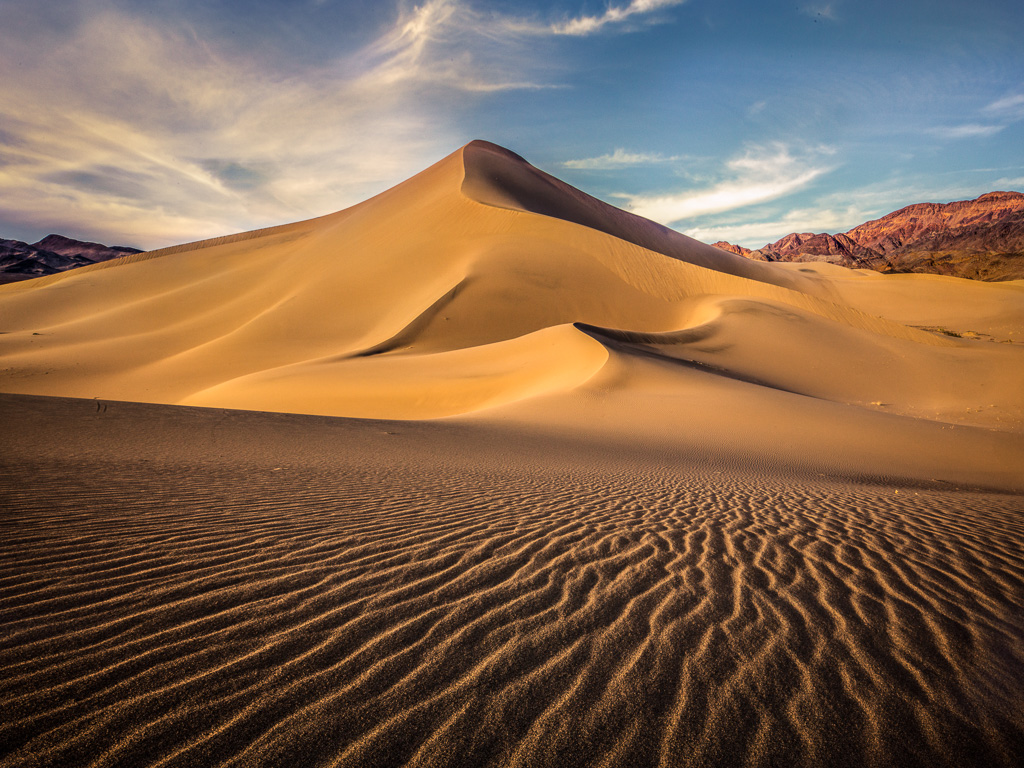
Meet Kinya Nippa
Kinya was born and raised in Tokyo, Japan. His love for art and painting began when he was young but was placed in hibernation mode when he started studying engineering in college. He moved to the United States with his family in 1992 and lived in the Bay Area. He recently retired last March and looks forward to spending much more time traveling and perfecting his photography skills.
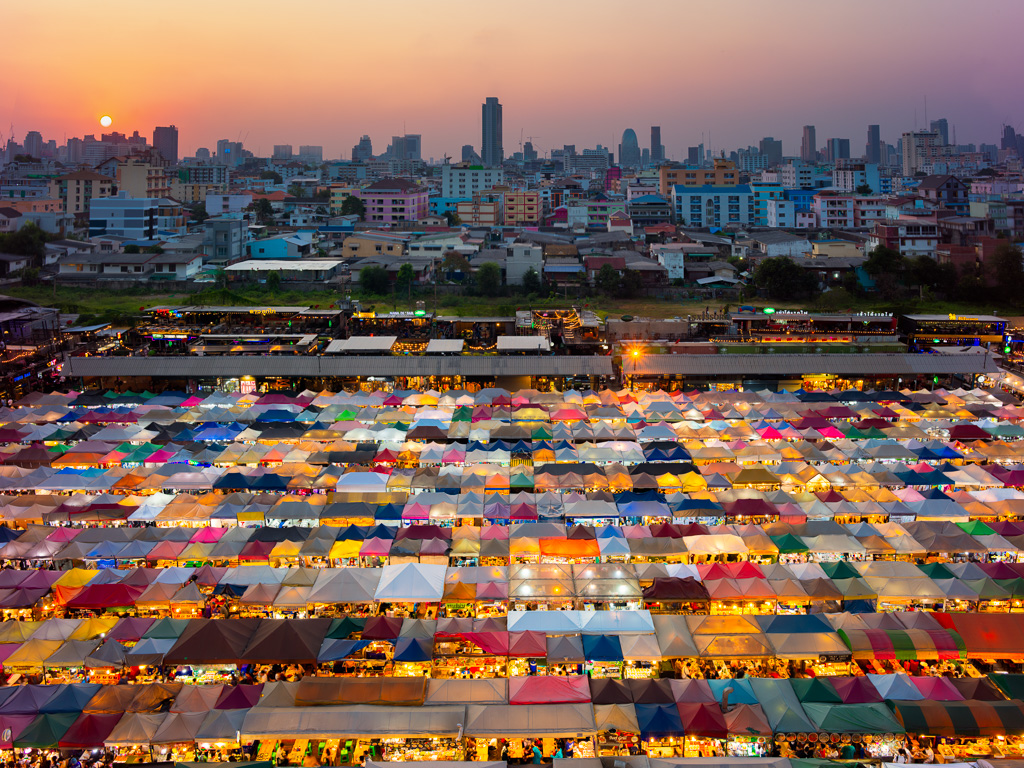
Kinya, how did you discover your love for photography?
After I moved to the US, I found my good friend was using interesting software called Photoshop, Ver. 2.0. I remember being interested in Photoshop, so I began taking photos just to play with the software. Soon after, I realized photography fulfilled my passion to create art. I purchased my first tripod in 1993 and instantly became infected with the never curing photography bug.
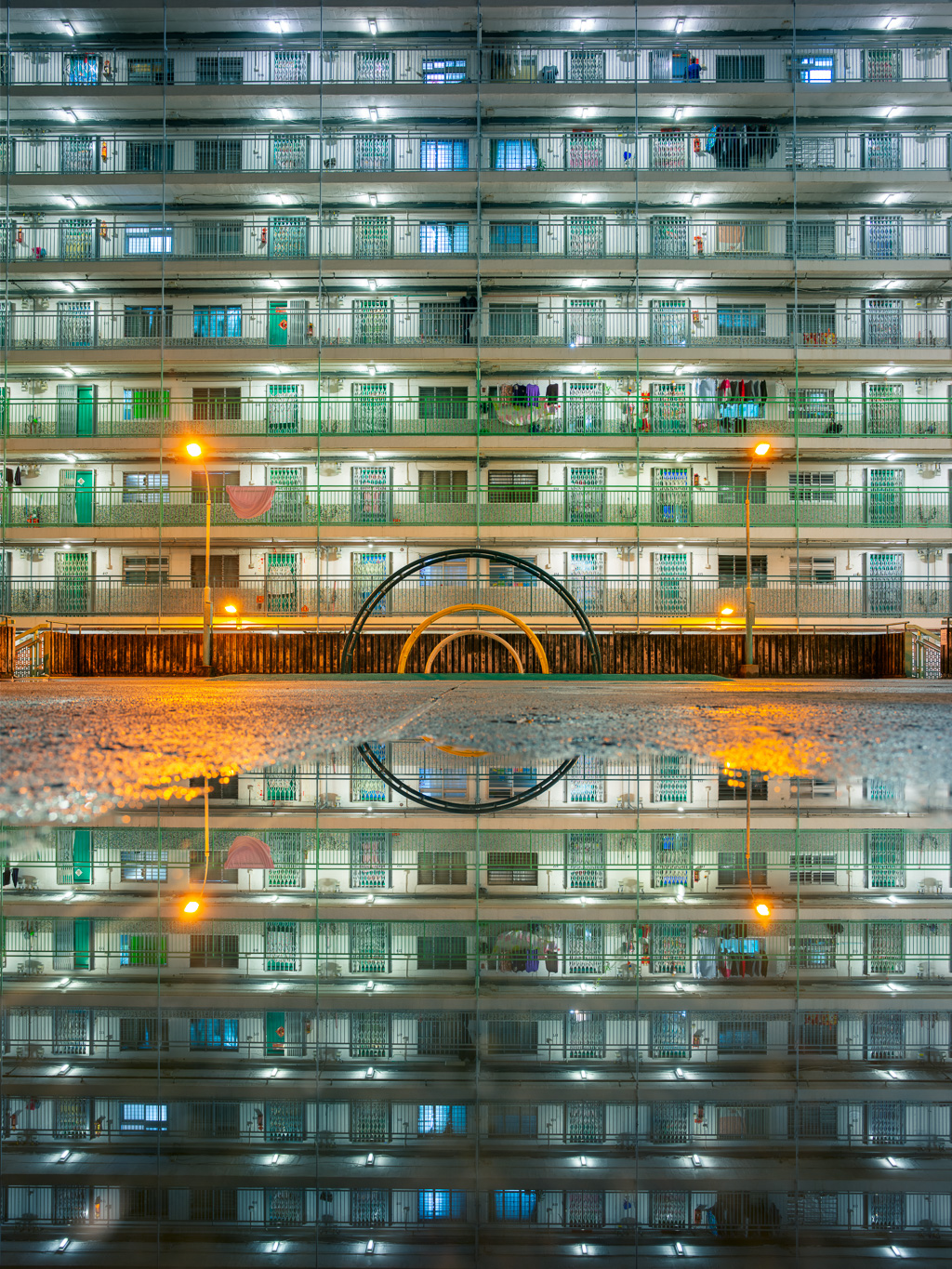
Since you are not a photographer by profession, how did you develop your passion while maintaining your career?
I was fortunate to have business trips to Asian countries that allowed me to experience and capture beautiful, cultural sites in Asia on the weekends. I also appreciate living in northern California that comes with countless beautiful sites easily accessed within a day or weekend trip. Now that I’ve retired, I am excited to have much more time to visit and capture the world.
I heard you have quite the setup… what drew you to Cambo and Phase One?
I used to use medium format film cameras and enjoyed the clarity and tonality of images from medium format. I went through a lot of camera systems, but it wasn’t until my friend Ken Doo let me use his Phase One IQ3-100 in 2017 that I found my current combination. Image quality of IQ3-100 stands out and images from other systems just couldn’t hold up. Since then I am using the Phase One IQ3-100 with the XF body and Cambo WRS-1600. Even though the Phase One XF body has a great feature set and reasonable weather resistance capability, I find myself bringing my Cambo WRS-1600 set up 80% of the time for following reasons:
1. Much wider lenses, such as Rodenstock 32mm HR or even Canon 17/24mm TSE (via Cambo Canon EF Lens adapter) are available. I hope to own the Rodenstock 23mm HR once I upgrade to IQ4-150, hopefully soon.
2. It is a much lighter set up. The WRS body is very light weight, the camera itself is just an aluminum metal plate with a large hole between the lens and back. I appreciate a light weight set up especially when I hike and camp in the wild.
3. I enjoy a manual camera experience. Full manual photography slows me down and gives me a chance to focus more on my composition and more importantly more time to soak into beautiful sites.
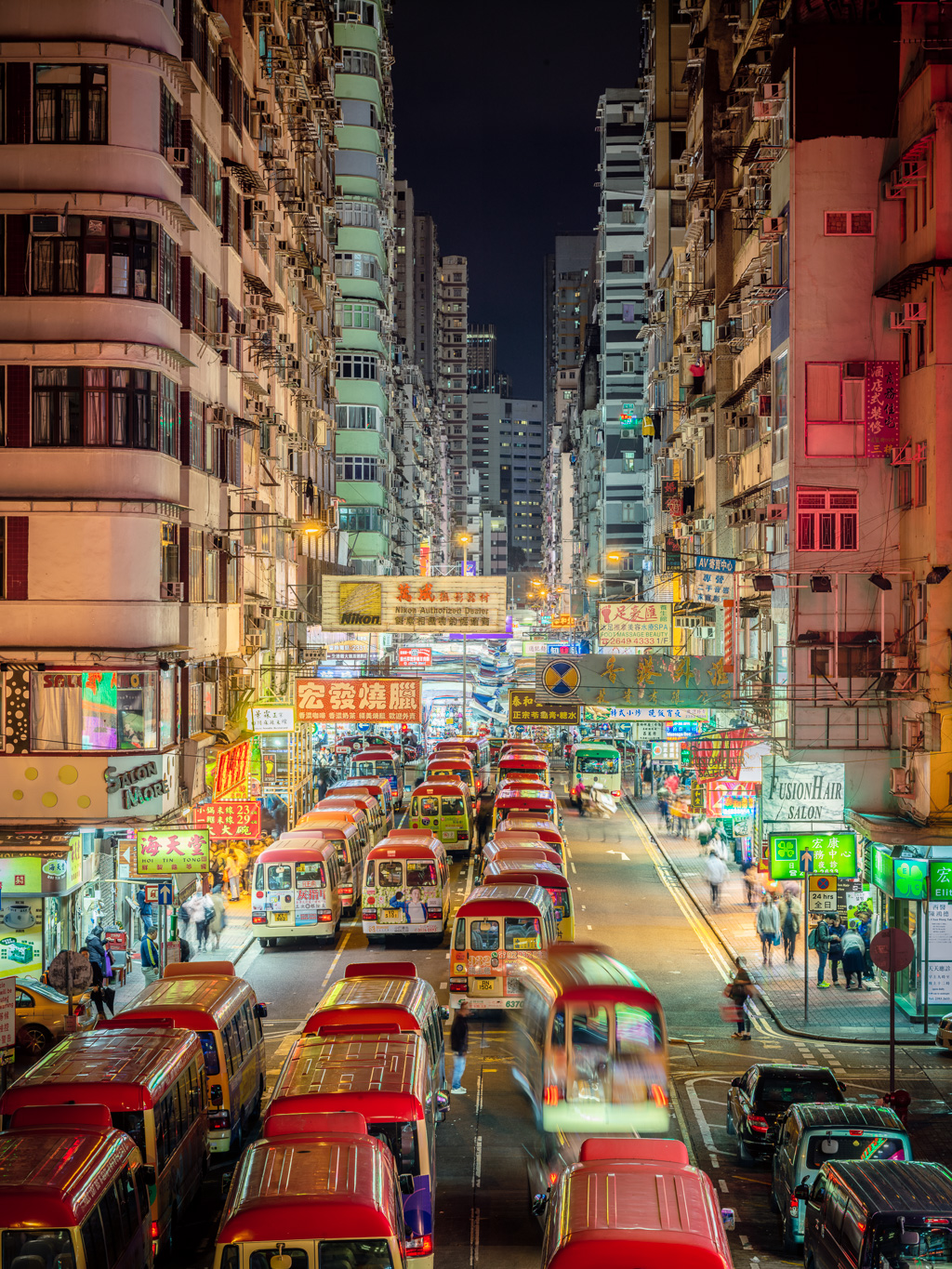
Kinya…. your work…. one word… STUNNING! What are you doing to showcase your work and expose your talents?
I enjoy capturing, processing, and printing my work, but have not seriously thought about showcasing or exposing in the past. I wish to build my portfolio and hold my very own exhibition some day.
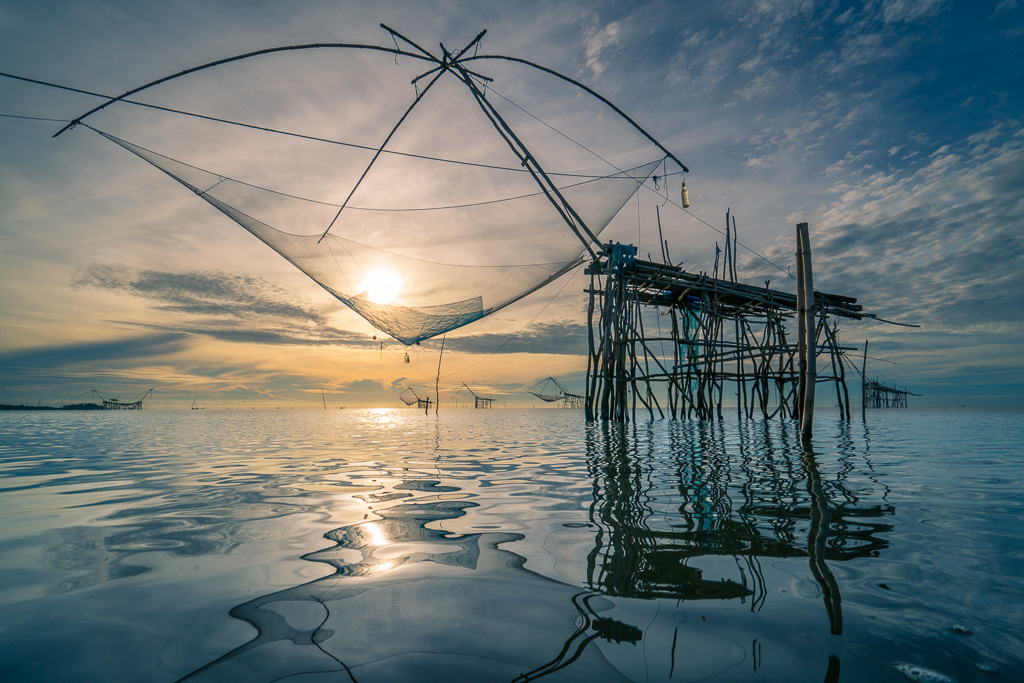
Where do you draw your inspiration from?
I love traditional Japanese paintings. I fell in love with Seiho Takeuchi’s work after I visited his exhibition in Japan a couple of years ago. He beautifully and bravely incorporated western painting techniques in his Japanese work. His fluent brush strokes in his later life of work was simply breathtaking. It is a far fetched dream, but I hope I can provide harmonized images as he created and offer inspiration to viewers some day.
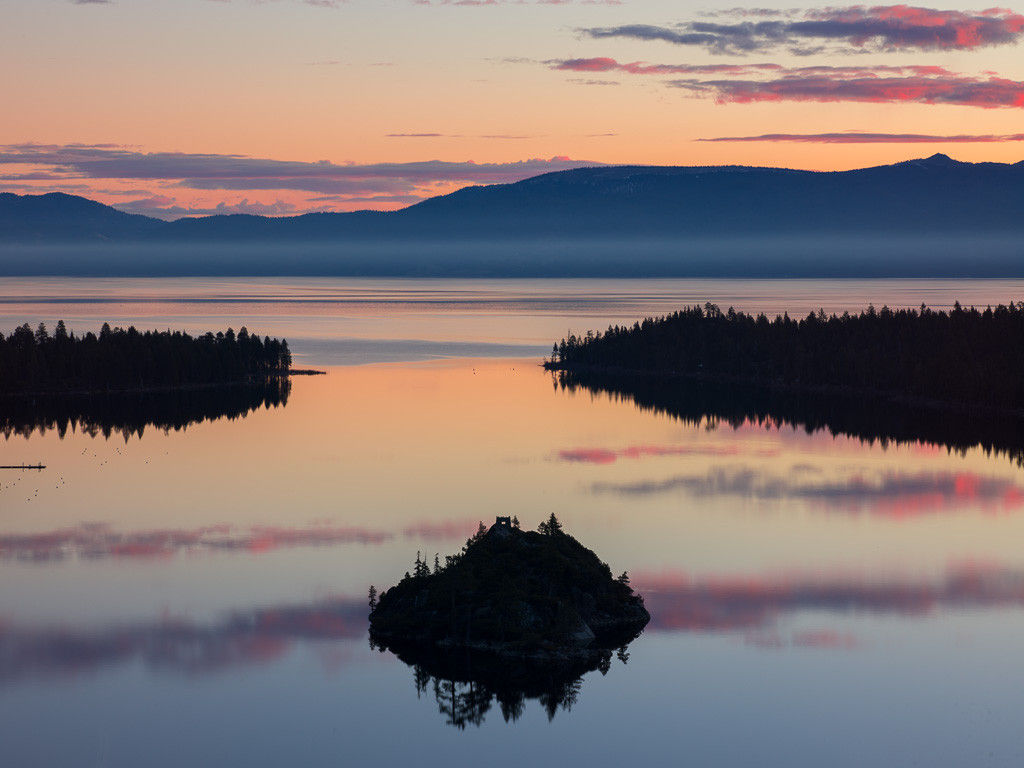
In which ways do you see your work evolving in the next 5 – 10 years from now? Do you have any upcoming projects you’d like to share with us?
As I mentioned, I had great opportunities to visit and capture the beauty of both Asia and the Western US in the past. I am planning to keep traveling to both areas. I would like to focus more on Asia by introducing nature and its cultural beauty, especially the beauty of my home country, Japan. I would also like use my Canon 44″ printer more to create more large size prints in my retired life.
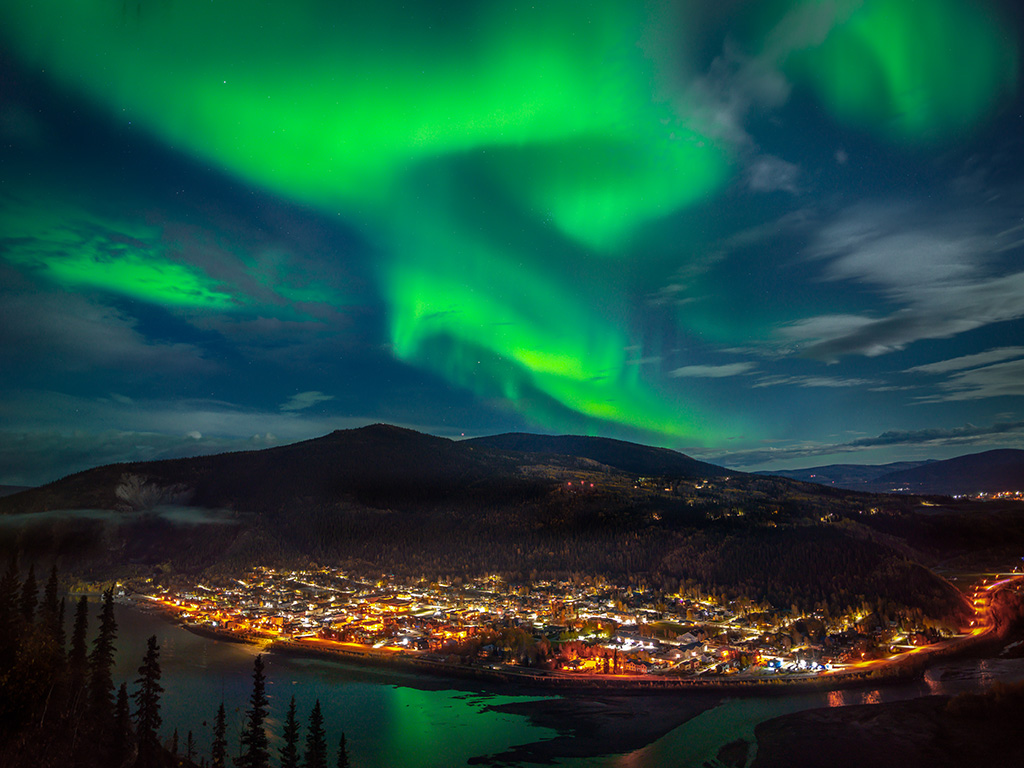
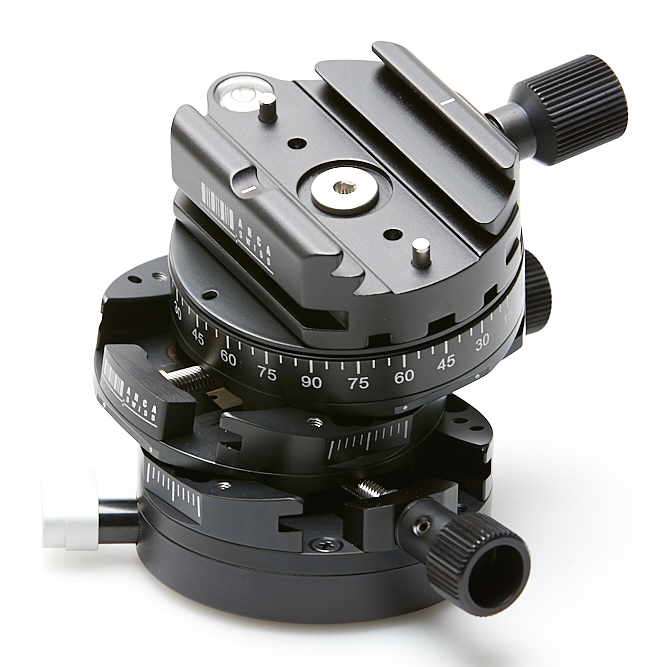 What is your favorite photo gear or tool that you take with you on every shoot? Why?
What is your favorite photo gear or tool that you take with you on every shoot? Why?
I attended a Capture Integration Workshop in Carmel in early 2018 and learned about the Arca Swiss Leveler L60. Since then, Ive added into my bag of importance. This leveler/tripod-head quickly became my favorite tool and supported most of my shots in 2018 and 2019! Not only providing precise control of camera position control, it is small and light for my backpack travel. I originally worried about sturdiness from its size but it works fine especially with my Cambo WRS and Phase One IQ3 set up.
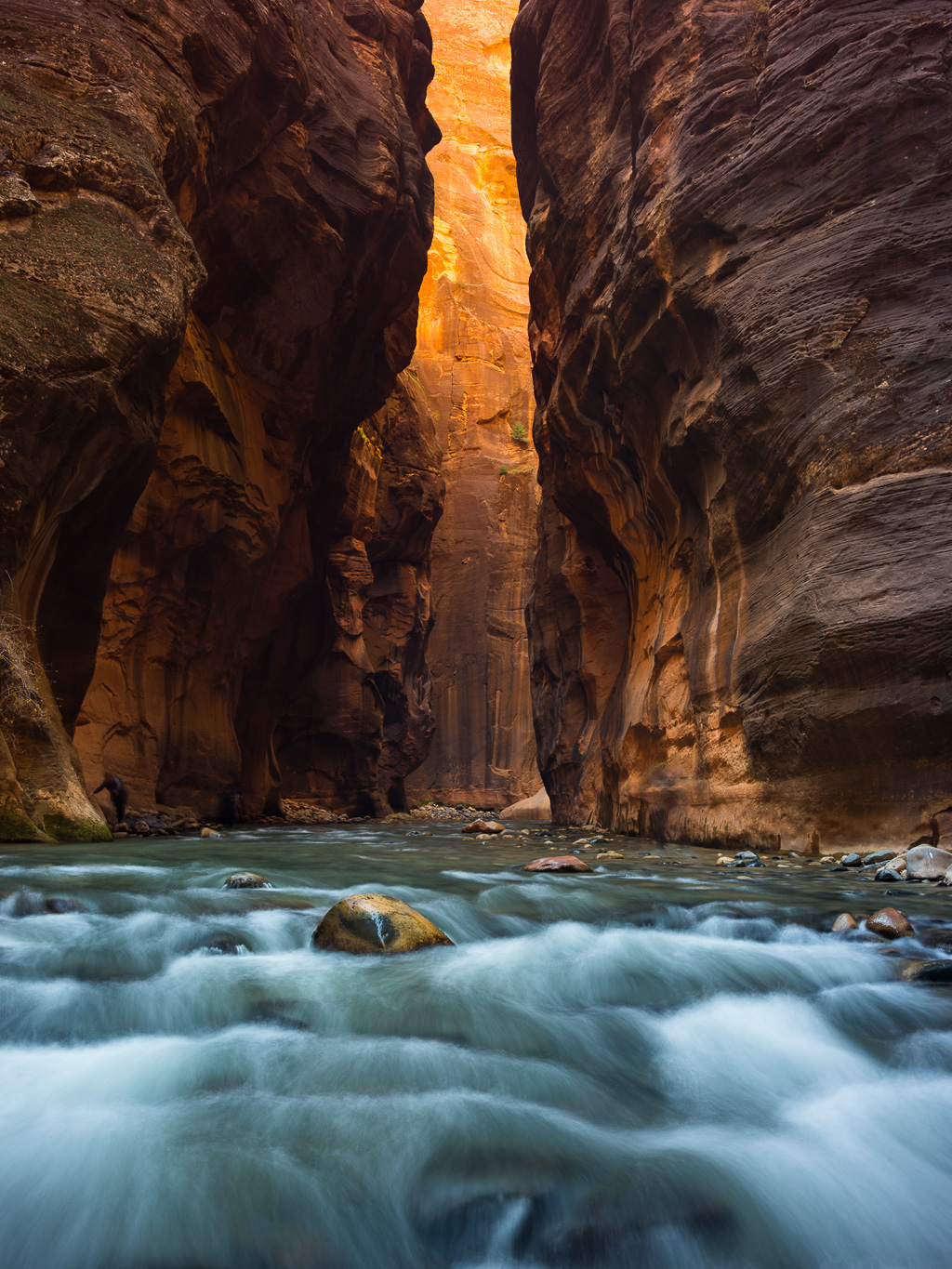
Why Capture Integration? What made you select us as a partner?
I originally contacted a local professional camera shop for Phase One and Cambo gear purchase, but Ken Doo referred me to Capture Integration just before I made a purchase decision. I’ve received great support for Capture Integration, especially when I encountered a serious problem, like dropping and breaking my XF body, IQ3-100, and SK 240mm lens with converter. I also received great support for small problems, such as minor questions that I know I can find the answer to somewhere in the manual. I have never felt a distance between me being in California and Capture Integration being in Georgia.
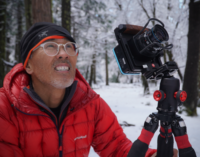 Connect with Kinya
Connect with Kinya
Facebook:@kinya.nippa
Instagram: @kinyanippa